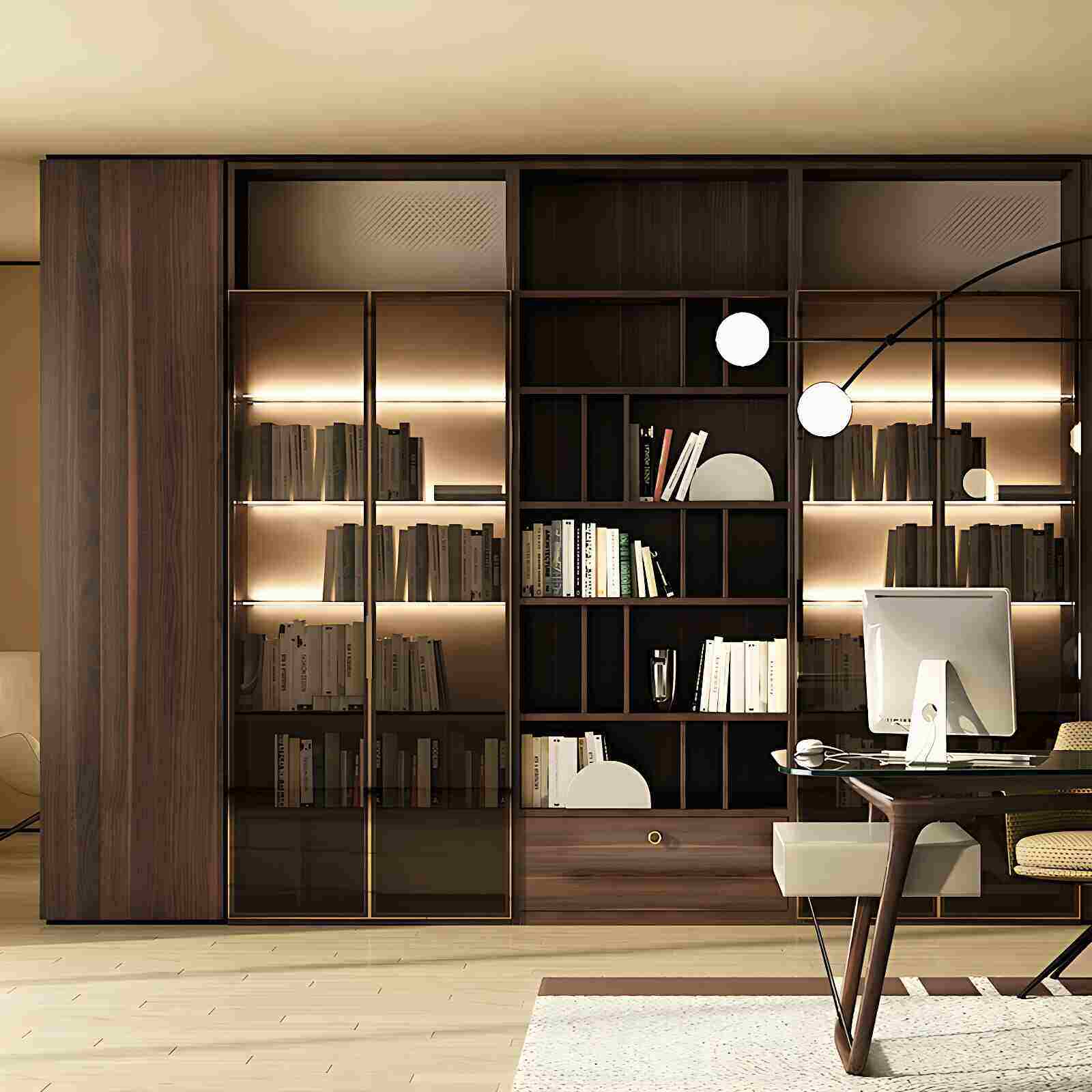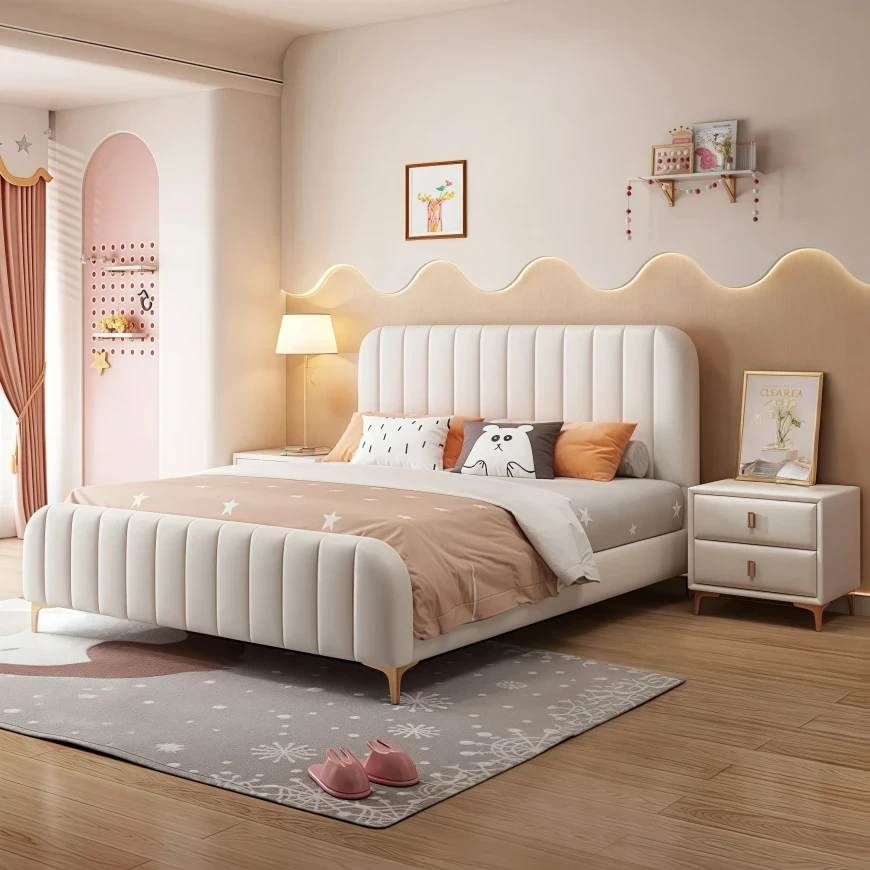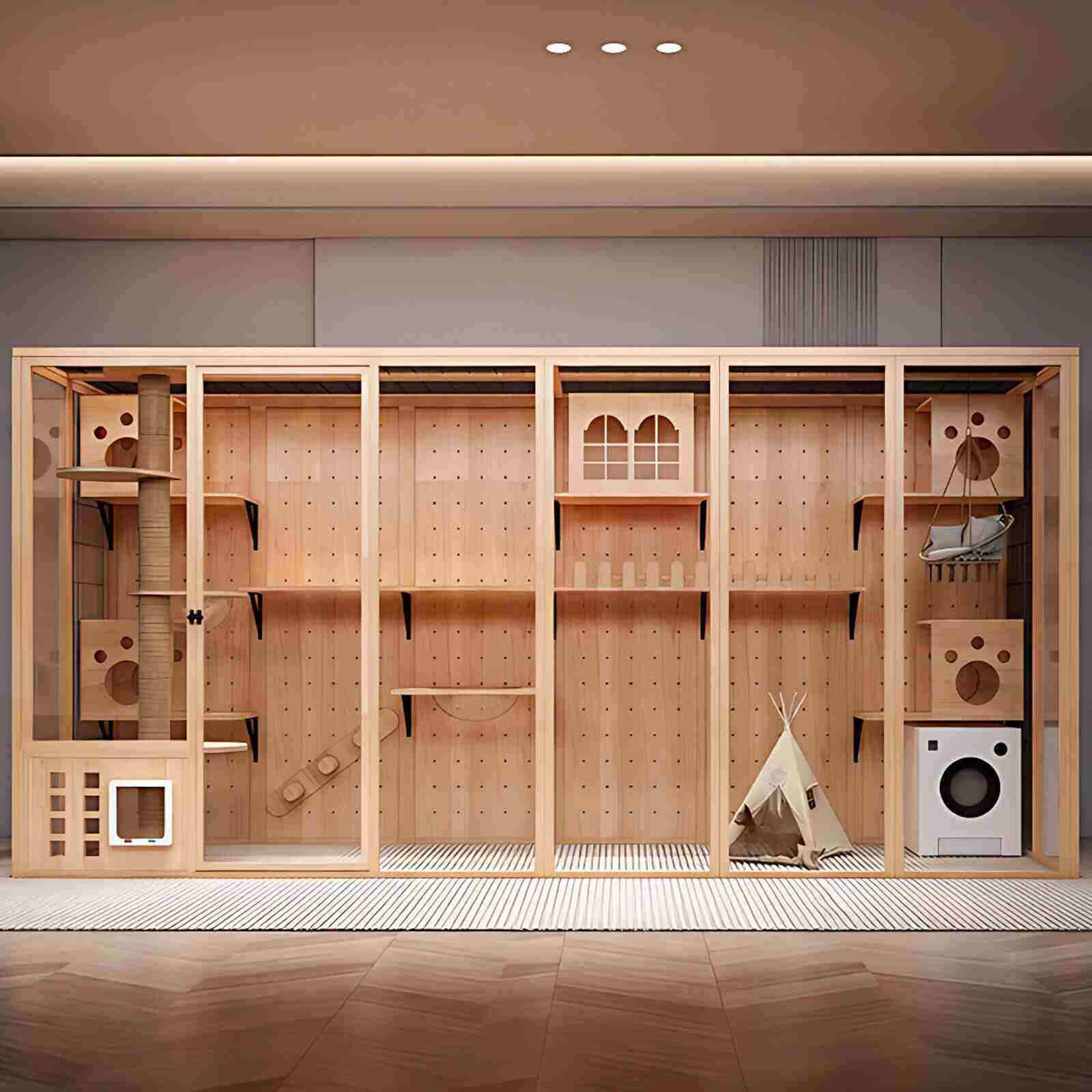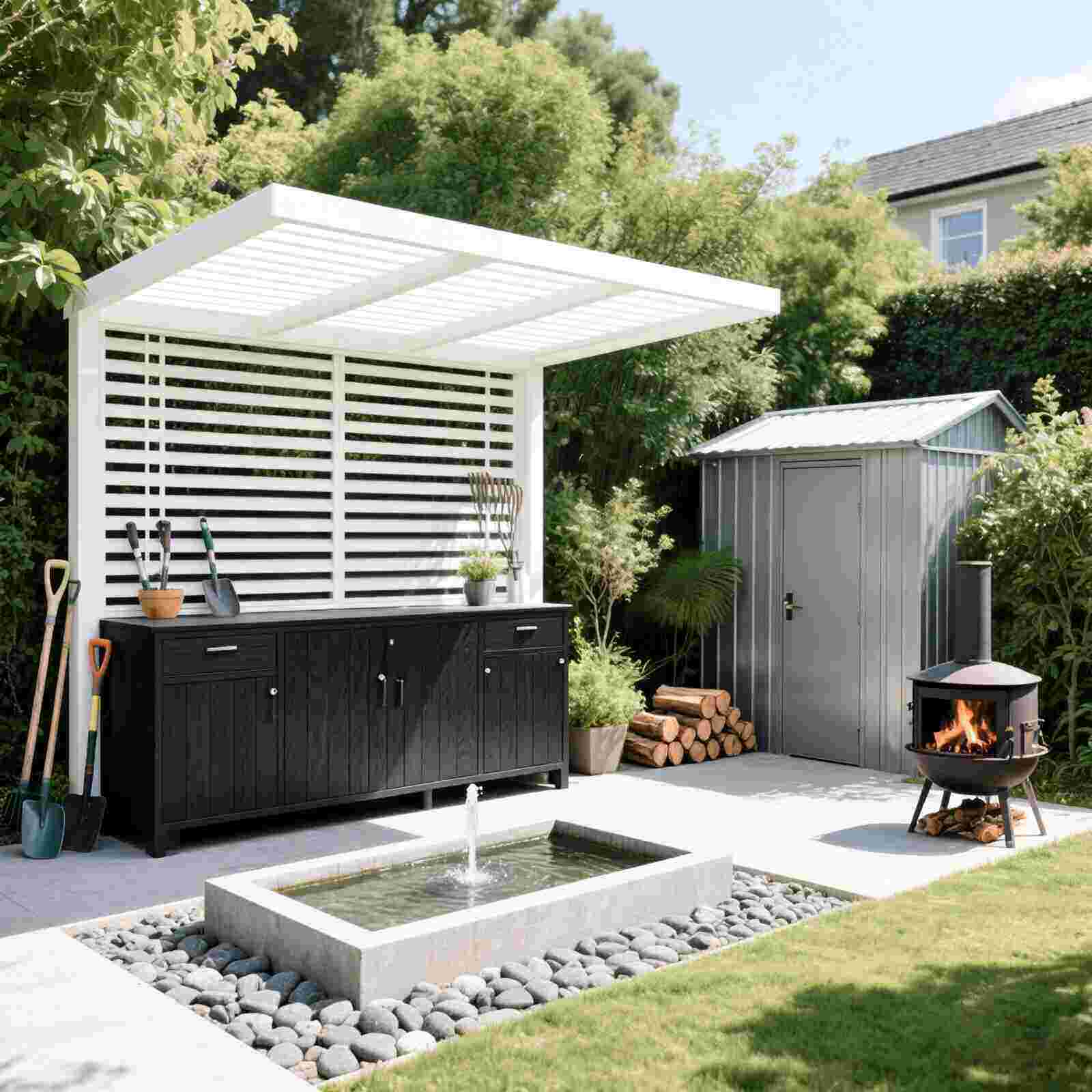What is PVC flooring?
PVC flooring is made from polyvinyl chloride and its copolymer resin as the main raw materials, with the addition of fillers, stabilizers, lubricants, plasticizers, colorants and other auxiliary materials. It is produced by compounding, extrusion or intensive mixing, calendering and other processes into a continuous sheet substrate. Depending on the product, different processes are selected, such as coating, lamination, adhesive bonding, hot pressing, tempering and cutting.
The products include rigid and semi-rigid products.
Common terms for PVC flooring: PVC LVT / WPC / SPC, etc.
Several descriptions of PVC flooring
Vinyl Floor/Plank Vinyl Flooring;
LVT (luxury vinyl tile): Luxury vinyl floor tile; LVP (luxury vinyl plank): Luxury vinyl flooring;
WPC (wood-plastic composite): A wood-plastic composite material with added bamboo and wood powder in its formulation. However, due to the increased difficulty in processing and recycling after adding bamboo and wood powder, WPC flooring base material formulations currently contain little or no wood powder. (The resin can be PE, PP, PVC, or other materials with melting points below 230℃.)
SPC (stone plastic composite): Also known as RVP (rigid vinyl plank) in Europe and America, it's a type of rigid plastic flooring. (The resin can be PE, PP, PVC, ABS, etc.)
PVC flooring characteristics
Due to its superior performance and environmental protection, PVC flooring has widely replaced ceramic tiles and wood flooring in Europe and America, becoming the most commonly used and popular type of flooring and the first choice for floor decoration materials, with a very broad development prospect.
Green and environmentally friendly: Polyvinyl chloride is a 100% new, environmentally friendly, and non-toxic resource. The raw materials are non-natural, do not damage forest resources, and contain no formaldehyde.
Superior Abrasion Resistance: PVC flooring has a transparent abrasion-resistant layer on its surface, achieving an abrasion resistance rating of T-level. A 0.55mm thick abrasion-resistant layer can last for over 5 years under normal conditions, while a 0.7mm thick layer can last for over 10 years, making it exceptionally abrasion-resistant. Transparent flooring typically comes with a 20-year warranty. The abrasion resistance of PVC depends on the thickness of the abrasion-resistant layer, generally lasting 5-10 years.
Antibacterial properties: The surface of PVC flooring undergoes a special antibacterial treatment, and antibacterial agents are added to the surface of PVC flooring, which has a strong ability to kill most bacteria and inhibit bacterial growth.
Fire retardant: Qualified PVC flooring can achieve a fire rating of B1, meaning its fire resistance is excellent, second only to stone. PVC flooring itself does not burn and can prevent combustion.
Waterproof, moisture-proof, and insect-proof: Since the main component of PVC flooring is vinyl resin, it has no affinity for water, so it is naturally not afraid of water. As long as it is not soaked for a long time, it will not be damaged, will not mold due to high humidity, and is also insect-proof.
Sound absorption and noise reduction: PVC flooring has a sound absorption effect that ordinary flooring materials cannot match, with a sound absorption of up to 20 decibels. Therefore, PVC flooring is the perfect choice for quiet environments such as hospital wards, school libraries, lecture halls, and theaters. You will no longer need to worry about the sound of high heels hitting the floor affecting your concentration. PVC flooring can provide you with a more comfortable and humanized living environment.
A wide variety of patterns and colors are available: PVC flooring comes in a wide variety of patterns and colors, such as carpet patterns, stone patterns, and wood floor patterns. The textures are realistic and beautiful, and when combined with a variety of accessories and decorative strips, they can create a stunning decorative effect.
Acid and alkali corrosion resistance: PVC flooring has strong resistance to acid and alkali corrosion and can withstand harsh environments, making it very suitable for use in hospitals, laboratories, research institutes and other places.
Easy to maintain: PVC flooring is very easy to maintain; simply wipe it with a mop when it gets dirty. To maintain its long-lasting shine, only regular waxing is required, making it much less frequently maintained than other types of flooring.
Relevant certification system
Currently, PVC products are certified by Floorscore, DIBT, CE, ISO14001:2004 and ISO9001:2008, TÜV Rheinland, etc.
Key Indicators
Stability: Product shrinkage and expansion rate at 80℃ for 6 hours;
Heating and warping: 80℃ for 6 hours;
Locking tension;
Peeling strength: The bonding strength between the color film and the intermediate material;
Scratch resistance and abrasion resistance;
PVC Classification and Processing
Classification
PVC flooring comes in two types: one is homogeneous flooring (semi-rigid), and the other is multi-layer composite flooring (rigid and semi-rigid).
PVC multi-layer composite flooring, in terms of form, is divided into roll flooring and sheet flooring; LVT and WPC flooring are semi-rigid sheet PVC flooring, while SPC (RVP) flooring is rigid sheet flooring. According to the installation method, it can be divided into: dry-back (requires glue for installation, low price), click-lock, and loose-lay (relatively soft). Currently, SPC stone-plastic flooring and WPC wood-plastic flooring are also in a stage of active promotion and rapid development in domestic and international markets.
PVC composite flooring
(1) LVT flooring (semi-rigid):
[Composition]: ① UV treatment layer: glossy, stain-resistant, and protective; ② PVC transparent wear-resistant layer: super wear-resistant and impact-resistant; ③ Color film layer; ④ (fiberglass mesh): reinforcement and dimensional stability; ⑤ Middle material layer: dimensional stability; ⑥ Base material layer: elastic cushioning, sound absorption, and improved foot feel (generally PVC, cork, or EVA foam).
[Process]: 1. Base material and intermediate material (mixing, intensive mixing and calendering); 2. Hot pressing (pressing), static curing; 3. UV roller coating, tempering, static curing; 4. Die cutting, static curing; 5. Edge trimming or grooving; 6. Packaging;
(2) WPC flooring (hard): LVT layer (semi-hard) + WPC (hard) layer bonded together
[Composition]: ① UV-treated layer: glossy, stain-resistant, and protective; ② PVC transparent wear-resistant layer: ultra-wear-resistant and impact-resistant; ③ Color film layer; ④ (Fiberglass mesh: reinforcement and dimensional stability); ⑤ Middle layer: LVT layer (thin, generally around 1.5mm); ⑥ WPC layer (thick, generally 4-6mm, low foaming); ⑦ Base layer: elastic cushioning, sound absorption, and improved foot feel (generally PVC, cork, or EVA foam).
[Process]: 1. Base material and intermediate material (mixing, internal mixing, extrusion and calendering); 2. Bonding (LVT layer and WPC layer); 3. UV roll coating and tempering; 4. Die cutting; 5. Edge trimming or grooving; 6. Packaging;
(3) SPC flooring (rigid):
[Composition]: ① UV treatment layer: glossy, stain-resistant, and protective; ② PVC transparent wear-resistant layer: super wear-resistant and impact-resistant; ③ Color film layer; ④ Stone plastic layer.
[Process]: 1. Mixing materials; 2. Extrusion; 3. Calendering and thickness setting; 4. Film application: applying color film → applying wear-resistant layer; 5. Cutting; 6. UV treatment (coating and tempering); 7. Slitting → grooving, trimming, chamfering → inspection → packaging.
Differences between SPC and WPC
(1) SPC production process is simpler and lower cost, and is used for rigid products.
(2) SPC is more dimensionally stable, more heat and cold resistant, and can be used for underfloor heating. SPC flooring is suitable for indoor spaces in extremely cold (-20℃) to extremely hot (60℃) conditions. WPC flooring is at risk of deformation when the indoor temperature is below 0℃.

 USD
USD
 GBP
GBP
 EUR
EUR



































